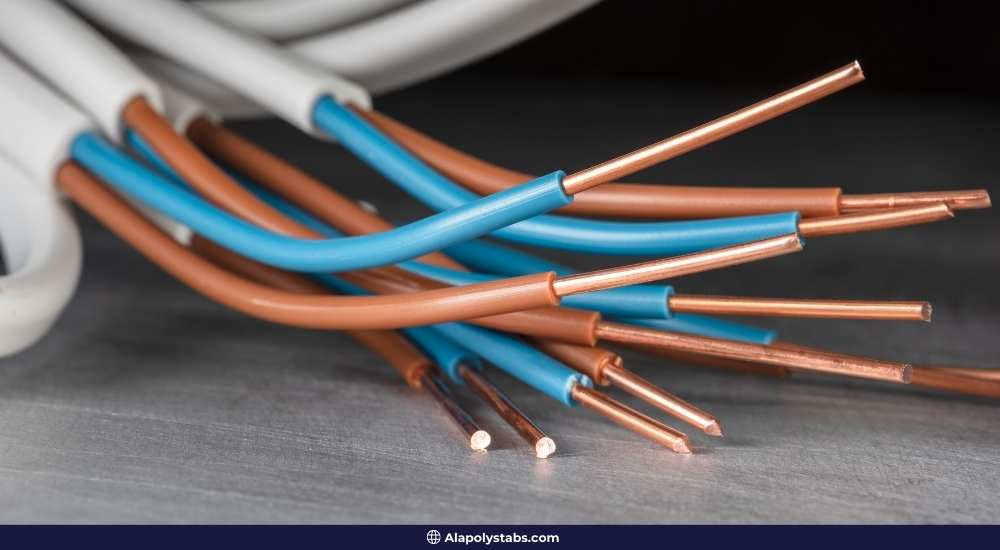
Tribasic Lead Sulphate is a very vital chemical-based compound whose usage can be traced in various sectors. This chemical-based sulfated compound gained huge attention due to its exclusive chemical characteristics and instrumental benefits in products manufactured from this compound which require stability and endurance.
Here in this blog, the application, advantages, and preparation procedure for tribasic lead sulfate will be discussed, also will be discussed major players in production, especially Tribasic Lead Sulphate Manufacturers in India.
What is Tribasic Lead Sulphate: A Brief Overview
Tribasic lead sulfate is an inorganic compound with the formula Pb₃O(SO₄)₂. It is a white, crystalline powder mainly used as a lead stabilizer in different applications. Its unique chemical structure provides excellent thermal stability, which makes it valuable in various products in the industry.
Uses of Tribasic Lead Sulphate
1. Lead Stabilizer in Plastics
The main application of tribasic lead sulfate is in the plastic industry as a stabilizer to produce PVC products. TBLS improves the thermal stability of PVC by inhibiting the deformation of PVC under heat. This property is indispensable for ensuring longevity and durability in PVC products, from construction materials to electrical insulation.
2. Pigments and Paints
The paint industry uses tribasic lead sulfate as a pigment and stabilizer. High-quality lead-based pigments in use today are made using high-quality TBLS; they provide superior coverage and longevity. TBLS adds brightness and opacity to paints, hence acting like an essential raw material in some high-performance coatings.
3. Lead Acid Batteries
Tribasic lead sulfate is applied in the manufacturing of lead-acid batteries, actively serving in the plate composition of those batteries. Its stability and resistance to corrosion features enhance the total battery performance and lifetime. Adding TBLS to battery manufacturing helps improve the efficiency and reliability of such energy storage devices.
4. Ceramics and Glass
Tribasic lead sulfate is used as an additive in the manufacture of various kinds of ceramics and glass. These increase the final product's properties by enhancing density and raising its refractive index.TBLS is used in the ceramics and glass industries to enhance certain properties of the final products. Brightness and the addition of strength and durability to ceramic glazes and glassware improve the aesthetic appeal and functional performance.
5. Catalysts
It may function as either a catalyst or a catalyst support in some chemical products processes, such as in the catalytic converters of vehicles to enhance certain industrial reactions.
6. Plastics
It is used in the manufacture of certain plastics with the view of stabilizing and preventing any deterioration by heat and light.
Benefits of Tribasic Lead Sulphate
1. Thermal Stability
Tribasic lead sulfate provides excellent thermal stability, which is key for those products exposed to high-temperature conditions. That means materials with TBLS will have longevity in maintaining their properties and performance under the most extreme conditions.
2. Improved Durability
The use of TBLS in PVC and paints makes the products durable. Durability allows materials to last longer without wear and tear, hence reducing the possibility of frequent replacement and repair.
3. Performance Improved
In such applications, the performance of TBLS is improved, as in the case of lead-acid batteries, making such batteries more efficient and longer-lasting. This affects power storage and delivery on a positive note, something that is highly reliable-a great feature that most electronic and automotive applications require.
4. Versatility
Since the nature of tribasic lead sulfate is versatile, it finds its use in manifold manufacturing processes, starting from the making of plastics and paints to ceramics and batteries.

What is the Manufacturing Process of Tribasic Zinc Sulphate
Tribasic zinc sulfate (TZS), also referred to as zinc sulfate tribasic, has applications as a fertilizer, animal feed, and in some industrial usages. The process for producing TZS generally involves several important steps but usually begins by sourcing zinc sulfate. The following is a detailed outline of the process:
Preparation of Zinc Sulfate Solution
Crush and grind the ore.
Leach with sulfuric acid to dissolve zinc in the form of zinc sulfate.
Filter out insoluble residues.
Purification of Zinc Sulfate Solution
Crystallization Procedures
The already designated and purified solution of zinc sulfate, and to form zinc sulfate crystals, the solution may be cooled or evaporated. Cooling means lowering the temperature to precipitate zinc sulfate crystals, and evaporation means removing some of the water to concentrate the solution so that the proximity of zinc sulfate will form crystals.
Conversion into Tribasic Zinc Sulfate
Filtration and Washing
Drying
The washed tribasic zinc sulfate is dried to remove moisture. Air Drying Allowing the product to dry in ambient air. Utilizing warm air or ovens to promote drying. The tribasic lead sulfate that has been washed is subsequently dried to eliminate the moisture content that may still be present. After it has dried, it is then milled to achieve the particle size consistency desired. The final product is a fine, white powder that is ready to be used in a variety of applications.
Conclusion
Tribasic Lead sulfate Manufacturers in India are a valuable and versatile compound with a variety of applications in many different sectors. Its valuable properties; thermal stability and improved durability, contribute to its role as a key ingredient in products including paints, plastics, batteries, and ceramics. The process of creating TBLS involves various processes and chemical reactions, resulting in a quality product. In India, several leading manufacturers are creating quality tribasic lead sulfate, supplying the globe, and making contributions, however small, to world industries reliant on this material.


